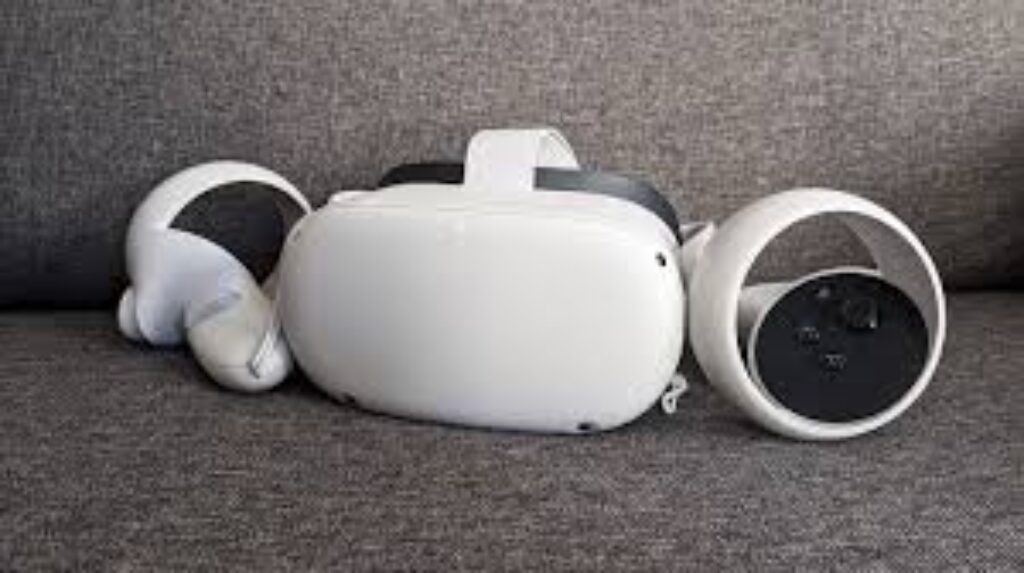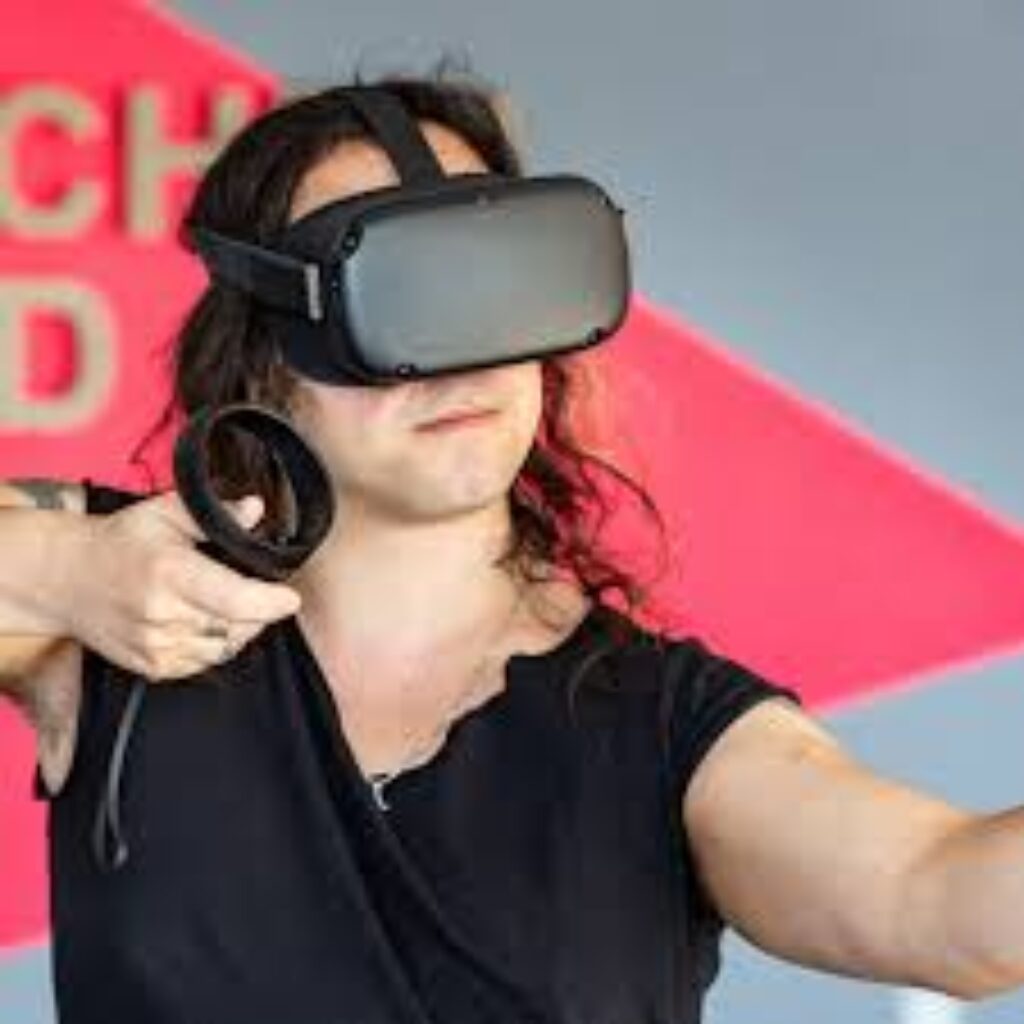
Are VR Headsets Finally Ready for Mainstream Use?
For years, virtual reality (VR) headsets were considered futuristic novelties — exciting, but not quite practical or polished. Between high costs, bulky hardware, and limited content, VR was often dismissed as a tech toy for gamers or hobbyists. But in 2025, with rapid hardware advancements, better software ecosystems, and new use cases across industries, a big question is being asked again:
Are VR headsets finally ready for mainstream use?
Let’s explore where VR stands today — and whether the technology has finally crossed the threshold from niche to necessary.
1. The Hardware Is Smaller, Smarter, and Cheaper
One of the biggest barriers to mainstream VR adoption has always been hardware. Early headsets were expensive, tethered to powerful PCs, and bulky enough to discourage everyday use.
But the new generation of devices — such as the Meta Quest 3, Apple Vision Pro, and PlayStation VR2 — offer significantly improved designs. They’re:
- Standalone and wireless
- Lighter and more comfortable
- Equipped with high-resolution displays and inside-out tracking
- Priced more competitively (Meta Quest 3 starts at $499)

The Apple Vision Pro, while much pricier, is helping to normalize spatial computing and mixed reality, even if it’s not yet accessible to most.
2. The Content Ecosystem Has Expanded
In the past, VR lacked compelling apps outside of a few hit games. But now, the content ecosystem has matured — offering something for nearly everyone:
- Gaming: Titles like Beat Saber, Half-Life: Alyx, Resident Evil 4 VR, and Asgard’s Wrath 2 show how immersive and engaging VR games have become.
- Fitness: Apps like Supernatural and FitXR turn workouts into virtual adventures.
- Education & Training: From virtual labs to flight simulators, VR is becoming a valuable tool in schools, medical facilities, and corporate training programs.
- Social & Productivity: VR meeting spaces like Horizon Workrooms, Spatial, and AltspaceVR (now defunct, but influential) are shaping remote collaboration.
There’s still room for growth, but today’s VR library is more diverse and accessible than ever.
3. Setup and Use Are Now Frictionless
Gone are the days of room sensors, long cables, and complicated setup guides. Modern VR headsets are plug-and-play, with minimal friction between opening the box and stepping into a virtual world.
Standalone devices with built-in cameras now offer room mapping, hand tracking, and voice controls without extra accessories. It’s not quite as seamless as a smartphone — but it’s getting close.
4. Real-World Applications Are Driving Broader Appeal

VR is no longer just for gamers. It’s proving useful in:
- Healthcare: Used for pain management, surgical training, and therapy
- Retail: Virtual showrooms and immersive product demos
- Real Estate: 360-degree home tours from anywhere in the world
- Art & Design: 3D modeling and interactive exhibitions
These practical applications are helping justify investment — both from companies and everyday consumers.
5. But There Are Still Hurdles…
Despite all the progress, VR hasn’t fully gone mainstream. Here’s why:
- Price is still an issue — especially for premium models like Apple Vision Pro ($3,499+)
- Comfort & motion sickness affect certain users, especially in fast-paced games
- Social adoption is slow, with many users still viewing VR as isolating or gimmicky
- Limited battery life on portable headsets can restrict extended use
Until these areas improve further, VR may remain a “high-interest niche” rather than a household standard.
6. The Outlook Is Promising
While VR isn’t yet as essential as a smartphone or as widespread as a tablet, it’s undeniably moved from fringe to functional. Industry forecasts predict that by 2027, VR will be a key pillar of entertainment, education, and remote work.
With growing investment from tech giants and increasing consumer curiosity, the momentum is real — and the next 2–3 years could be the tipping point.
Final Verdict: Almost Mainstream, But Not Quite
So, are VR headsets finally ready for mainstream use?
They’re closer than ever.
The hardware is better. The software is richer. The use cases are broader. But until prices drop further and comfort improves, it will likely stay just short of full mainstream adoption.
That said, if you’ve been waiting for “the right time” to explore VR — that time might be now.








